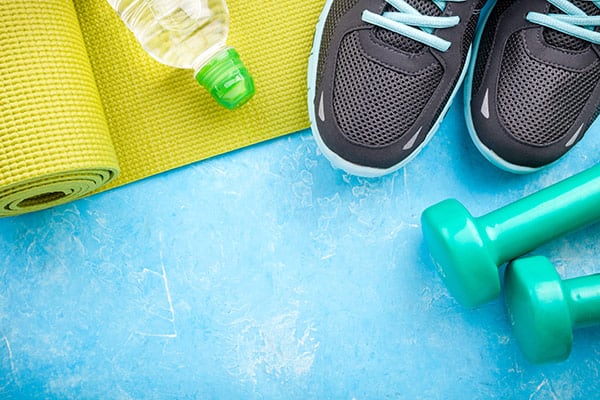July 15, 2020

In a study out of Stanford published in the May issue of Cell, scientists looked at the molecular changes that occur after a short session of exercise. 36 participants with an age range of 40 to 75, all in varying degrees of fitness and health, donated a sample of blood prior to an exercise session. They each ran on a treadmill until exhaustion—usually 9 to 10 minutes. The researchers drew more blood immediately after this exertion and again 15, 30 and 60 minutes later. As a control, blood was drawn from volunteers while quietly resting.
They wound up measuring the levels of 17,662 different molecules. Of these, 9,815 — or more than half — changed after exercise when compared to their levels before the workout. Some increased while others declined. Some gushed immediately after the exercise then fell off. Other molecules lingered in increased or decreased amounts for an hour after the workout.
The types of molecules also ranged widely, with some involved in fueling and metabolism, others in immune response, tissue repair or appetite. And within those categories, molecular levels coursed and changed during the hour. Molecules likely to increase inflammation surged early, then decreased and were replaced by others likely to help reduce inflammation.
“It was like a symphony,” says Michael Snyder, the chair of the genetics department at Stanford University and senior author of the study. “First you have the brass section coming in, then the strings, then all the sections joining in.”
Interestingly, different people’s blood followed different orchestrations. Those who showed signs of insulin resistance, a driver of diabetes, tended to show smaller increases in some of the molecules related to healthy blood sugar control and higher increases in molecules involved in inflammation. This may suggest that they were somewhat resistant to the beneficial effects of exercise.
The levels of other molecules ranged considerably in subjects, depending on their current level of fitness.
Over all, the researchers were taken aback by the magnitude of the changes in people’s molecular profiles after exercise, Dr. Snyder says. “I had thought, it’s only about nine minutes of exercise, how much is going to change? A lot, as it turns out.”
The study was small and much more investigation needs to be done before this data can be used to direct health and conditioning.
I can imagine a day when we will be able to see all these molecular levels, real time, on our wrist phones and manage our health state accordingly.
The immediate importance, however, is the fact that exercise is so powerful. I can think of no drug that can influence one’s molecular profile like a small amount of exercise. This study reinforces the age-old prescription that exercise is the best medicine.
